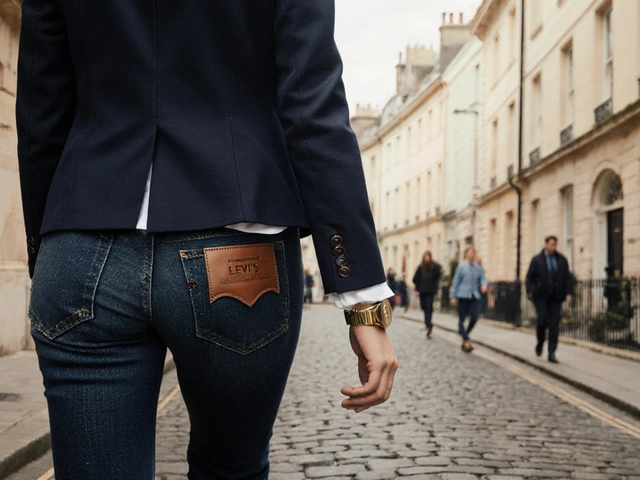Suit Prices: What You Need to Know Before You Buy
Walking into a store and seeing a suit tagged $1,200 can feel intimidating. But price tags don’t tell the whole story. Knowing the real factors behind a suit’s price helps you decide if you’re getting value or just a fancy label.
How Price Breaks Down: Fabric, Construction, and Brand
First up is fabric. A 100% wool suit in a mid‑weight weave usually lands in the $400‑$800 range. Add cashmere or silk, and you’re looking at $1,200 and up. Next is construction. Fully canvassed lapels and hand‑stitched seams add labor costs, pushing the price into the $1,500‑$3,000 bracket. A fused lining is cheaper but can feel stiff after a few wears. Finally, brand matters. A well‑known name often includes marketing and retail overhead, while a small boutique may offer similar quality for less.
When to Splurge and When to Save
If you need a suit for a one‑off event, a ready‑to‑wear option under $500 can look sharp when you pick a good fit and have it altered. For daily business wear, aim for at least $800‑$1,200; that’s where you start to see durable fabrics and better construction. Bespoke suits in the $2,500‑$5,000 range are worth it if you want a perfect silhouette, custom details, and a garment that lasts decades.
Here’s a quick rule of thumb: spend roughly 5% of your annual salary on a suit you’ll wear often. If you earn £40,000, that’s about £2,000—enough for a solid, well‑made piece without breaking the bank.
Don’t forget alterations. A $800 suit with a £50 tweak can look better than a $2,500 off‑the‑rack model that sits poorly on you. Budget for a good tailor; it’s often the biggest style boost you’ll get.
Shopping smart also means timing. End‑of‑season sales, outlet stores, and online flash deals can shave 30‑50% off the original price. Just make sure the retailer has a clear return policy, because you’ll want to try the suit on and feel the fabric before committing.
If you love the idea of a custom look but can’t afford full bespoke, consider a made‑to‑measure service. These usually start around $1,000 and let you choose fabric and basic details while using a semi‑automated sewing process. The result is a better fit than off‑the‑rack without the $5,000 price tag.
Lastly, think about care costs. A high‑end wool suit needs dry cleaning, which can add $15‑$25 per visit. Factor that into your budget; a cheap suit that needs constant repair ends up costing more in the long run.
Bottom line: understand what you’re paying for, match the price to how often you’ll wear it, and use alterations to get the best look. With those basics, you’ll walk away with a suit that feels right and fits your wallet.

How to Identify a Good Price for Men's Suits
Buying the perfect suit goes beyond just picking the right style; it's about finding a balance between quality and cost. This article explores what to consider when choosing a suit, including price ranges, material, craftsmanship, and shopping tips. Knowing where and how to shop will help you make informed decisions that fit your budget without sacrificing style. Whether you're a seasoned suit shopper or buying your first, this guide will help you navigate the world of suits with confidence.




